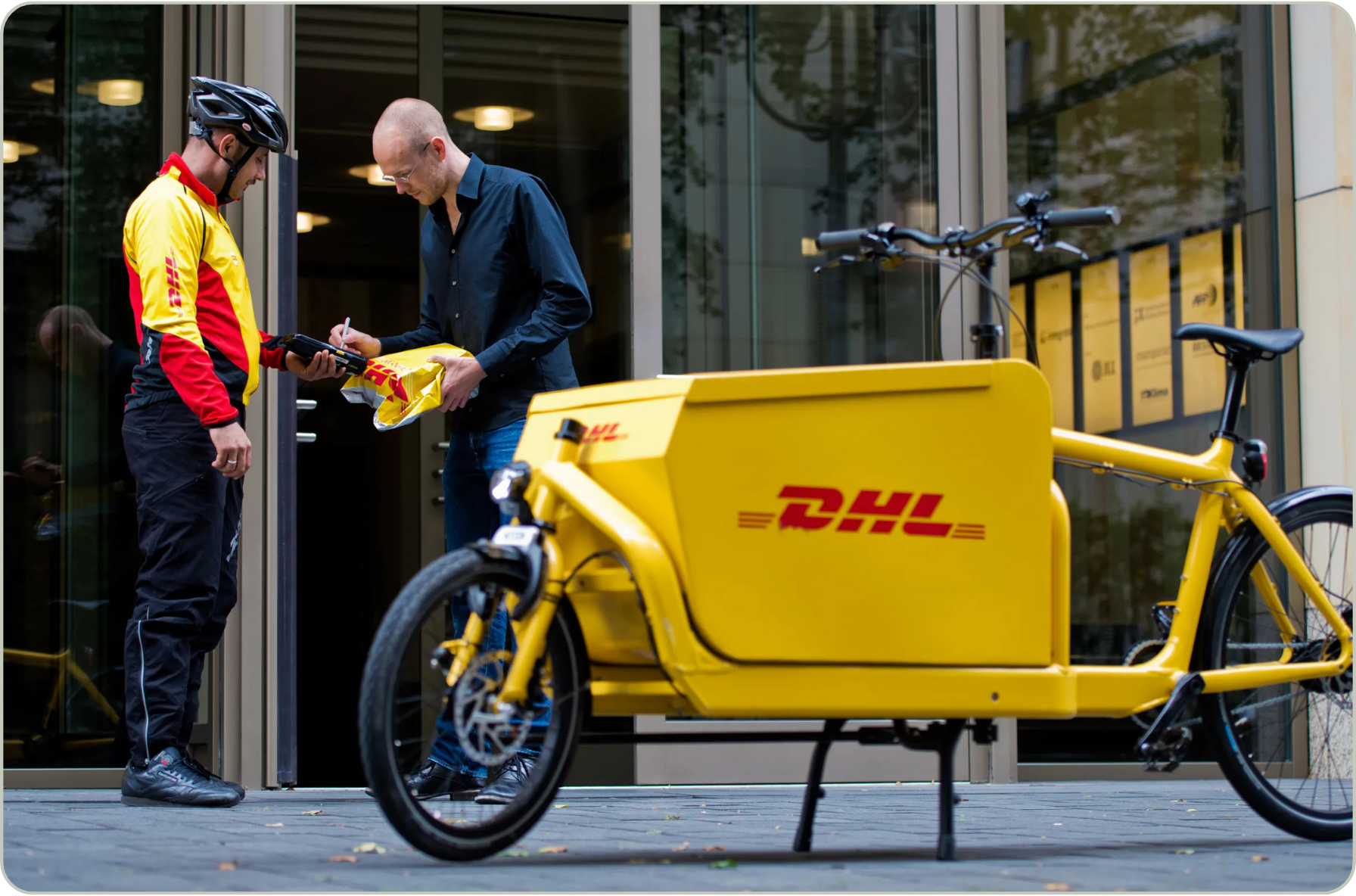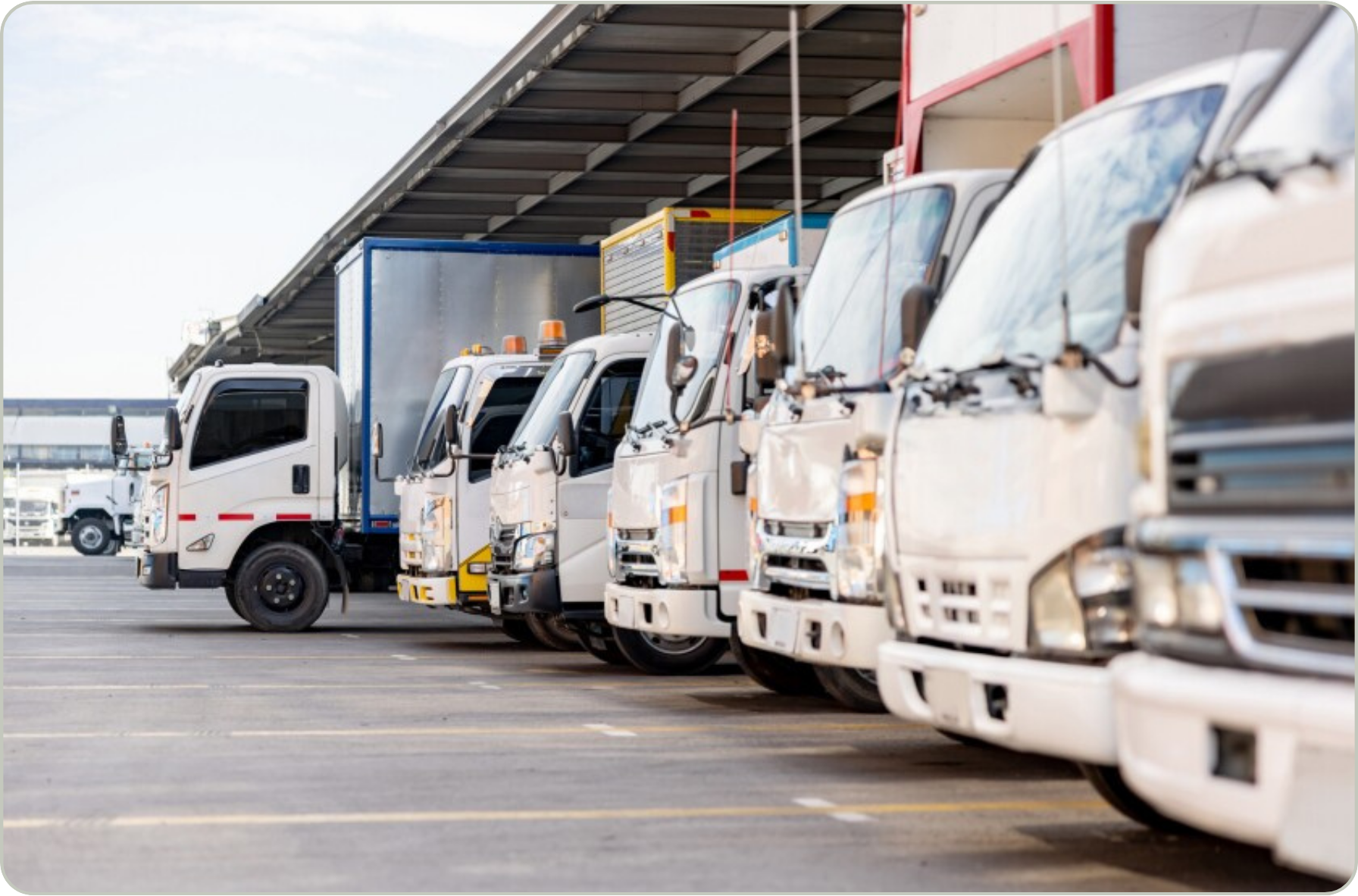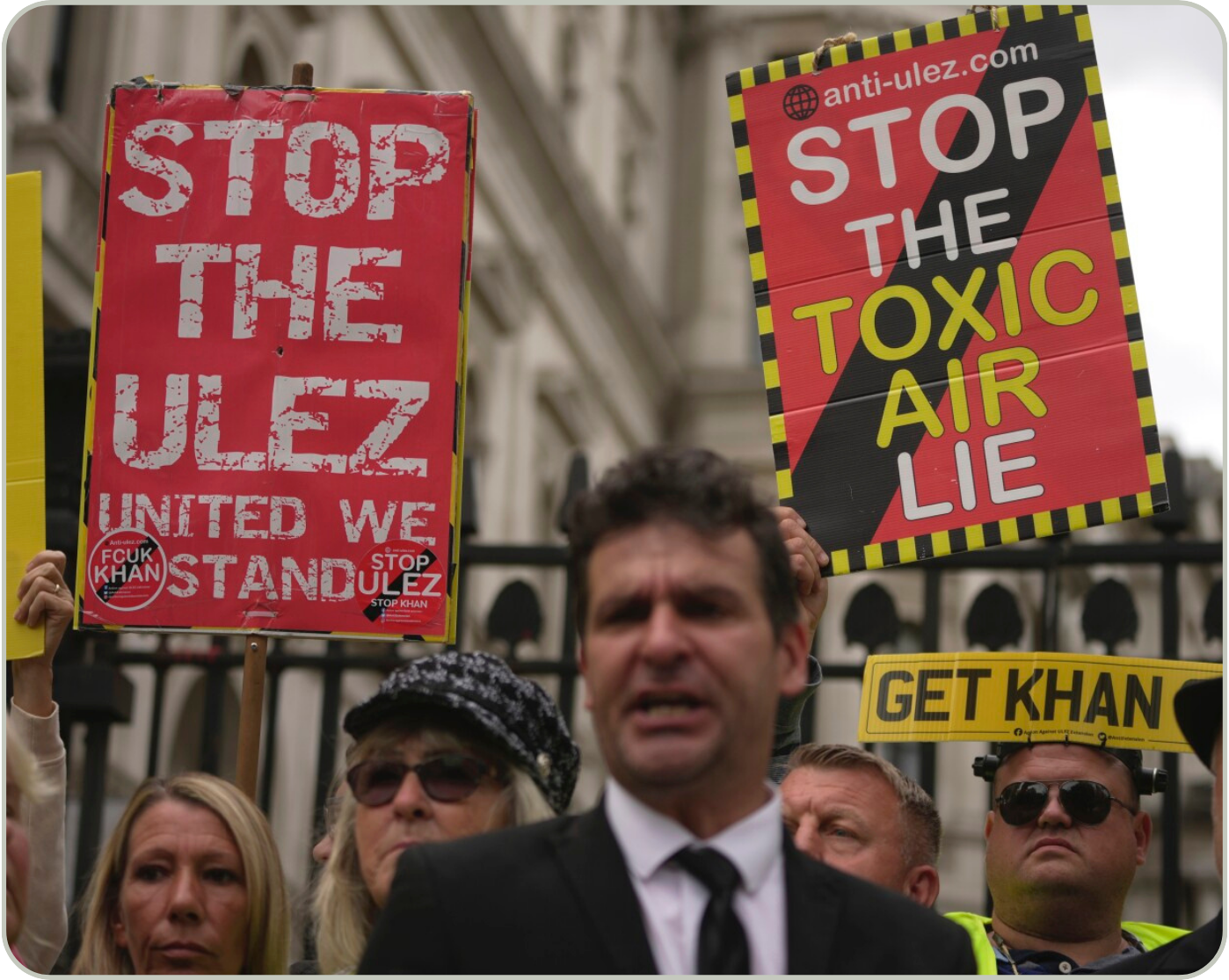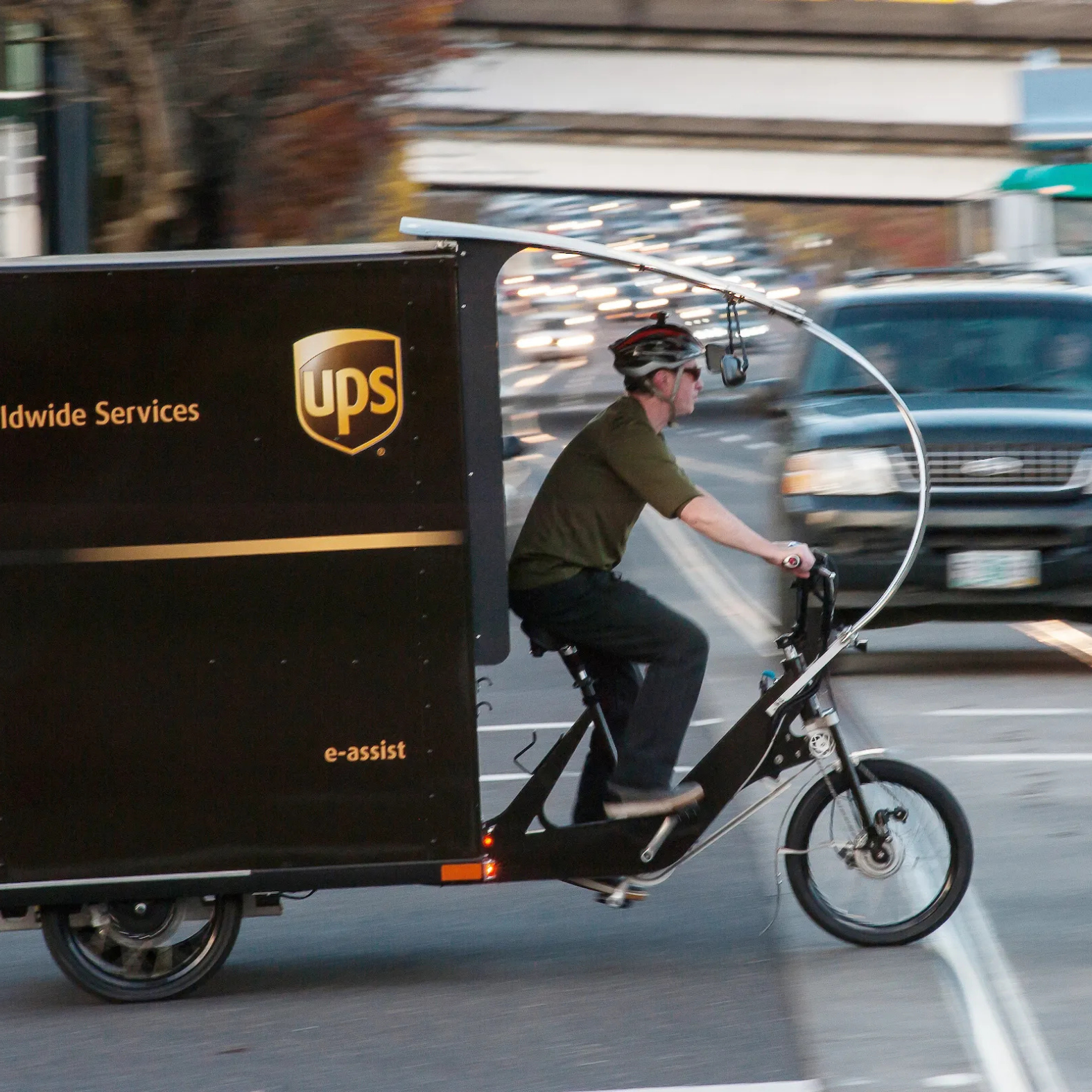♻️ Zero Emission Zones: Driving Sustainable Urban Logistics in Europe
Zero Emission Zones (ZEZs) are accelerating the shift toward cleaner, smarter urban logistics through innovation, data, and city-wide collaboration. Explore how to lead the transition and shape the future of sustainable mobility.
%20(1)%20copy%202.png)
📩 Stay updated on industry trends & Vianova product updates—subscribe to our Newsletter here!
Zero Emission Zones: A Game Changer for Urban Logistics
Urban centers across Europe are at a crossroads, grappling with escalating air pollution and traffic congestion. A key solution emerging is the implementation of Zero Emission Zones (ZEZs), a stringent evolution of earlier Low Emission Zones (LEZs). These zones are fundamentally reshaping urban logistics, compelling businesses to adopt cleaner, more sustainable practices for moving goods within cities. This shift is not just regulatory; it's a strategic move towards healthier, more livable, and economically vibrant urban environments.
The Imperative of Zero Emission Zones

Zero Emission Zones (ZEZs) are urban areas where only zero-emission vehicles—like EVs and fuel cell models—plus pedestrians and cyclists, are allowed. Unlike LEZs, which only limit the most polluting vehicles, ZEZs aim for full elimination of tailpipe emissions. Their rapid expansion—over 320 LEZs by 2022, projected to exceed 500 by 2025—is driven by the urgency to improve air quality and meet climate goals.
The benefits are clear: London’s ULEZ cut NO₂ levels by up to 46% in central areas and 13% in outer zones, with significant CO₂ reductions. Madrid’s LEZ led to a 29–35% NO₂ drop and was linked to an 8.6% rise in central retail sales. ZEZs also help reduce noise and congestion, improving overall livability.
Freight vehicles, though a minority of traffic, produce around 25% of GHG emissions and major NOx pollution in European cities. Freight-focused ZEZs (ZEZ-F) are emerging to target this impact. As a result, investing in cleaner urban logistics is no longer optional—it’s becoming essential.
ZEZs and the Reshaping of Urban Logistics Operations
Zero Emission Zones are reshaping urban logistics, driving innovation in fleet design and delivery strategies.

Fleet Transformation and New Models: Electric vehicles lead the shift, supported by better batteries and growing charging networks. Cargo bikes and micro-mobility tools like e-scooters are ideal for short-range urban deliveries. Companies like DHL and UPS now use e-bikes to cut congestion and emissions. Initiatives such as Shift2Zero are developing purpose-built electric light commercial vehicles (e-LCVs) with modular cargo setups for cities.

Urban Consolidation Centers (UCCs): Positioned on city outskirts, UCCs group deliveries and dispatch them via low- or zero-emission vehicles—cutting trips, traffic, and emissions. This approach aligns with national strategies in the Netherlands, where Amsterdam and Rotterdam introduced ZEZ-F zones in January 2025. Backed by subsidies and infrastructure, this rollout is part of a plan for ZEZ-Fs in 30–40 Dutch cities. While upfront costs for fleet electrification can be high—especially for smaller businesses—long-term savings on fuel and maintenance are substantial.

- 🇬🇧 London's ULEZ, the world's largest LEZ covering 9 million people, expanded in August 2023, leading to a 13% reduction in NO2 in outer London and over 96% vehicle compliance.
- 🇳🇱 Amsterdam and Rotterdam introduced ZEZ-F in January 2025, supported by a national law mandating ZEZ-Fs in 30-40 Dutch cities by 2025, with government subsidies and charging infrastructure.
- 🇫🇷 Paris plans to ban diesel vehicles by 2030 and uses its Crit'Air classification system, projecting substantial reductions in NOx and particulate matter.
- 🇸🇪 Stockholm will introduce a near-zero-emission zone from December 31, 2024, allowing electric, Euro 6 gas, and certain hybrid vehicles in a pilot zone.
This collective movement is significant, with at least 35 European cities planning ZEZs by 2030, and 110 cities committed to international decarbonization initiatives. Successful implementation often balances stringent regulations with supportive measures like subsidies, extended transition periods, and infrastructure development, crucial for broad acceptance and an equitable transition.
The Roadblocks: Pushback and Implementation Challenges
Despite their benefits, ZEZs face hurdles rooted in economic pressures, infrastructure gaps, and public resistance.
Socio-Economic Pressures and Infrastructure Gaps: Low-income households and small businesses often struggle with the costs of transitioning to compliant vehicles. One London firm reported a £90,000 expense for two diesel truck replacements. Critics argue that such policies unfairly burden the working class, with sentiments like “ecology has become a sport for the rich” gaining traction. In Amsterdam, small business owners echoed similar frustrations over limited alternatives.

Public and Political Resistance: London’s ULEZ expansion sparked protests, vandalism, and political fallout, influencing local elections. In France, opposition to ZFEs led to a parliamentary vote to abolish them outside Paris and Lyon—though the proposal faces obstacles. Even in supportive cities like Barcelona, wider issues like housing and tourism contribute to pushback.
Complexity for Logistics: With varying rules across cities, logistics providers face a fragmented regulatory landscape. Building trust through transparent, inclusive policymaking is essential for ZEZ success and equitable implementation.
Data as the Driver: Connected Vehicles and ZEZ Efficacy
The success of Zero Emission Zones depends on smart data use. Connected vehicle data and smart city infrastructure offer the real-time insights needed to measure impact and optimize logistics.
Real-Time Insights from Telematics and IoT: Telematics systems collect live data from vehicles—mileage, energy use, load, and range. Madrid’s use of telematics in its EV fleet cut CO₂ emissions by 60%. New York City monitors over 11,000 vehicles for fuel efficiency, safety, and traffic trends. IoT sensors enhance this by tracking air quality, traffic, and parking. Combined with AI and machine learning, these systems enable predictive maintenance and smarter urban services.
Driving Operational Efficiency and Policy: This data powers tools like UPS’s “ORION,” which saves millions of gallons of fuel annually through optimized routing. It also enables fleet efficiency and proactive maintenance.
Critically, real-time traffic and emissions data help assess ZEZ performance. Emission inventories, sourced from taxi fleets and congestion maps, reveal pollution patterns. Digital Twins—virtual models of urban areas—simulate the effects of ZEZs before rollout, aiding public-private coordination. Granular data turns ZEZs into adaptive, responsive systems. It’s the feedback loop cities need to fine-tune policies and logistics operators require to stay efficient—essential for long-term impact and public support.
The Path Forward: Collaboration and Innovation for Sustainable Urban Logistics
The future of Zero Emission Zones and sustainable urban logistics relies on collaboration and the smart use of technology.
Cities are forming strong alliances—over 182 companies are already engaged in initiatives across Rotterdam, Lisbon, Vienna, and Brussels. Inclusive dialogue, especially with small businesses, is crucial to address practical needs like funding and viable delivery alternatives. Technologies like AI, IoT, and advanced analytics are accelerating logistics planning and enabling more accurate demand forecasting. Integrated smart city infrastructure is key to faster, cheaper, and more sustainable deliveries—enhancing urban quality of life.
Many cities are on track for full ZEZ deployment by 2030–2035, backed by a growing supply of electric vans and improved charging networks. This shift demands a “deep system redesign,” embracing cargo bikes, micro-hubs, and optimized routing. Success hinges on a supportive ecosystem: accessible charging, micro-mobility lanes, subsidies, and logistics solutions like Urban Consolidation Centers. This approach turns cities into “urban innovation labs,” advancing sustainable development beyond emissions cuts.
Ultimately, ZEZs—powered by smart tech and collaboration—are shaping cities that are cleaner, quieter, and more economically vibrant. The future of urban logistics in Europe is undeniably green, efficient, and deeply aligned with sustainable living.
About Vianova

Vianova is the data analytics solution to operate the mobility world. Our platform harnesses the power of connected vehicles and IoT data, to provide actionable insights to plan for safer, greener, and more efficient transportation infrastructures.
From enabling regulation of shared mobility to transforming last-mile deliveries, and mapping road risk hotspots, Vianova serves 150+ cities, fleet operators, and enterprises across the globe to change the way people and goods move.
Ready to learn more? Visit our page to get in touch.
👉 Read our previous blog here!
Become part
of the movement
in the Vianova world.
Let's get in touch
Lets talk! We are excited to hear how we can help you solve your mobility challenges.



